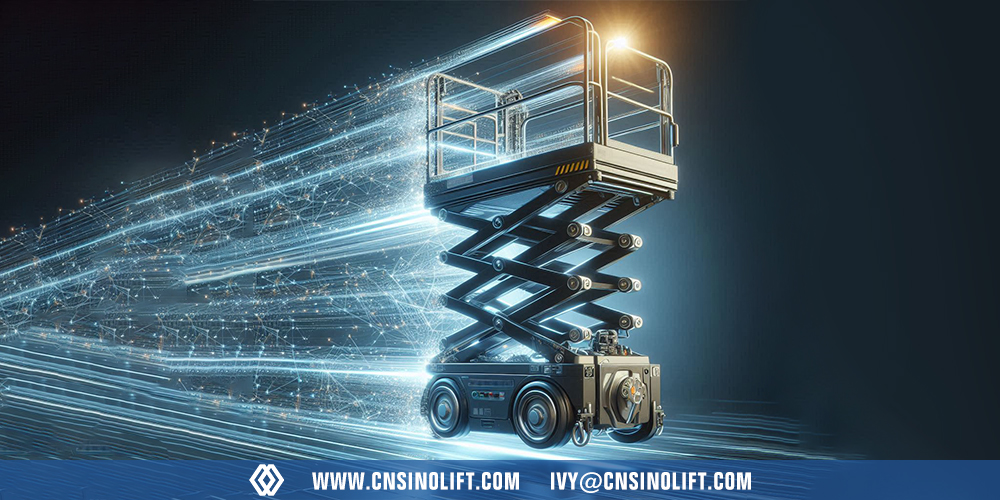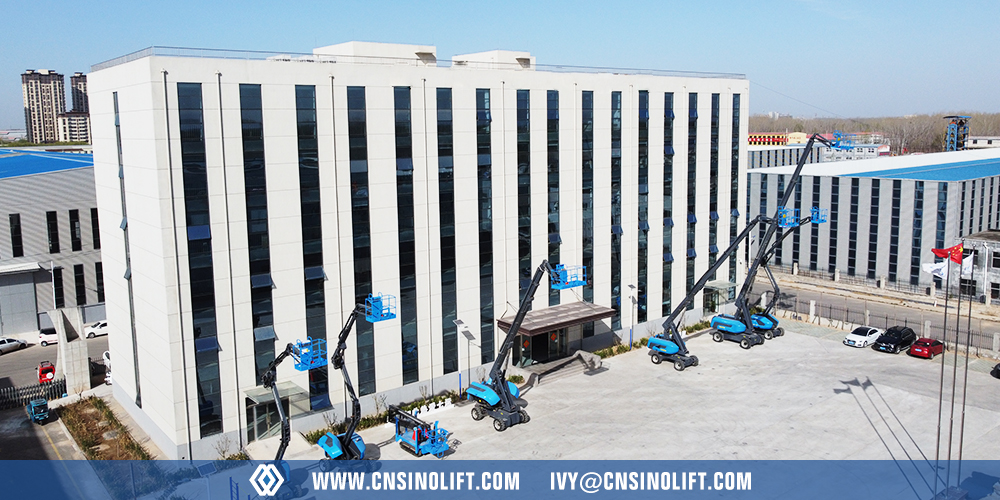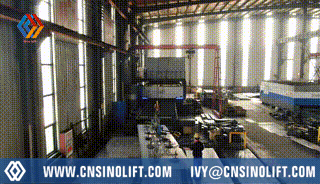
Electric scissor lifts have become a go-to solution for safe and efficient aerial work across various industries. Whether used in warehouses, factories, airports, or construction sites, understanding their maximum speed—both traveling and lifting—is crucial for productivity and safety.
In this article, we’ll break down the speed specifications for electric scissor lifts, explain the factors influencing them, and share real-world data based on HENAN SINO LIFT’s products. Let’s get started!
Under normal working conditions, the maximum ground speed of a self-propelled electric scissor lift is:
• Traveling speed (stowed): around 3.5 km/h (2.2 mph)
• Traveling speed (elevated): approximately 0.8 km/h (0.5 mph)
At HENAN SINO LIFT, our standard self-propelled models are designed to align with industry averages while optimizing for stability and safety. These speeds allow operators to efficiently reposition the lift without sacrificing control.
Important: Traveling while elevated is allowed only under specific conditions. According to OSHA aerial lift safety guidelines, operators must ensure the ground is firm and level when moving at height.
Apart from driving speed, lift speed (the time it takes for the platform to ascend) is another key factor:
• Lift speed: around 3-5 meters per minute (10-16 feet per minute)
This means that raising to a typical working height of 6 meters (about 20 feet) would take roughly 1 to 2 minutes. Faster lift speeds improve job site efficiency, but they are carefully balanced to ensure maximum stability.
Several factors can affect both driving and lifting speeds:
• Load weight: Heavier loads can slow down the lift slightly.
• Battery level: Low battery power may reduce both lift and travel speed.
• Ground conditions: Rough or uneven surfaces require slower movement for safety.
• Wind conditions: Strong winds can impact elevated driving restrictions.
• Model specifications: Different manufacturers, like HENAN SINO LIFT, may optimize lifts differently based on the intended work environment.
According to OSHA and ANSI standards:
• On smooth, level surfaces, scissor lifts may travel at their maximum stowed speed.
• When elevated, they must slow to 0.8 km/h or less.
• Traveling at higher speeds while elevated can dramatically increase the risk of tip-overs.
Always refer to your machine's manual and safety decals for specific limitations!
To give you a real product example:
| Specification | Data |
| Travel Speed (stowed) | 3.5 km/h (2.2 mph) |
| Travel Speed (elevated) | 0.8 km/h (0.5 mph) |
| Lifting Speed | 3-5 meters/minute |
| Rated Load Capacity | 300-500KG |
HENAN SINO LIFT focuses heavily on combining high-speed efficiency with world-class stability and safety systems.
► Yes, but only at slow speeds (0.8 km/h or less) on firm, level surfaces.
► Slow speeds reduce the risk of tipping when the platform is extended and the center of gravity is higher.
► Yes. High-quality batteries maintain consistent lifting and driving speeds longer. All HENAN SINO LIFT machines use premium-grade batteries.
While electric scissor lifts are not designed for high-speed travel, their carefully controlled speeds ensure maximum operator safety and operational efficiency.
Choosing a well-engineered lift like those from HENAN SINO LIFT ensures you're getting the perfect balance between speed, stability, and durability.
Always prioritize safe operations, regularly inspect your equipment, and follow OSHA guidelines to make the most out of your scissor lift investment!
Looking for a reliable self-propelled scissor lift at factory-direct prices?
HENAN SINO LIFT CO., LTD offers high-quality models with strong safety features and global shipping. Contact us to learn more!

